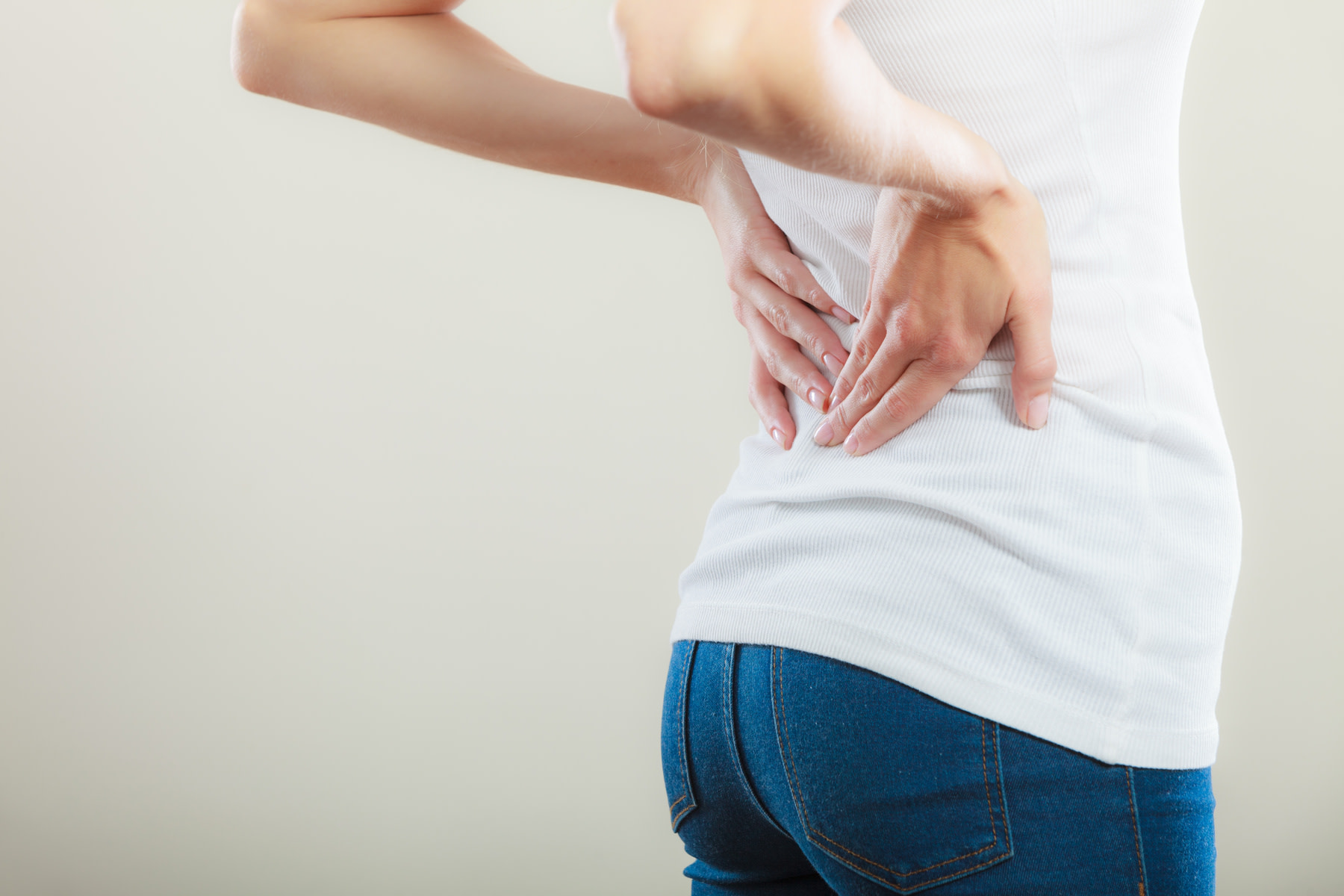Back pain when breathing: causes and treatments
Why does your back hurt when you breathe? Learn about what causes back pain while breathing and treatments, including exercises from physical therapists.
$0 cost to you
Last Updated: May 7, 2025
Table of Contents
Fully covered back pain relief
Find relief from lower back pain, a thrown out back, sciatica, & more.
Check if I'm eligibleExercises for back pain
Want expert care? Check if you're covered for our free program →- Standing Backward Bend
- Cat Cow
- Spine Twist
- Thread the Needle
